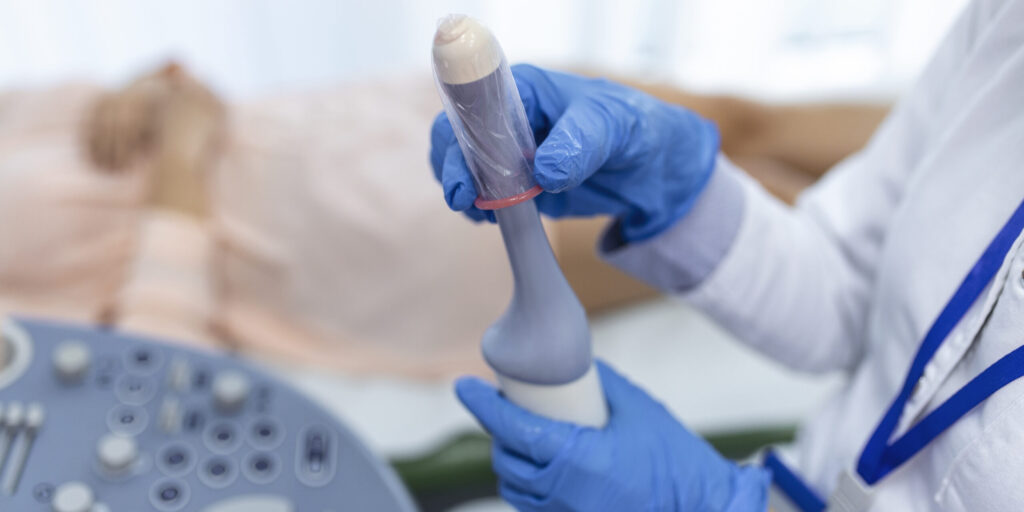Ultrasound imaging is a widely used diagnostic tool in the medical field, providing valuable insights into the human body without the need for invasive procedures. However, ensuring the hygiene of ultrasound probes is of utmost importance to avoid cross-contamination and risks of infection. In this article, we will take a closer look at ultrasound probe covers and their significance in maintaining safe imaging practices.
Importance of Using Ultrasound Probe Covers
Using ultrasound probe covers is of utmost importance in ensuring safe imaging practices. These covers act as a protective barrier between the ultrasound probe and the patient’s skin, preventing the transmission of harmful bacteria and viruses.
In healthcare settings, where cross-contamination can have severe consequences, using probe covers is a crucial step in maintaining hygiene and patient safety. Not only do these covers help prevent the spread of infections, but they also protect the probe from damage, ensuring its longevity and reliability.
When it comes to choosing probe covers, it is essential to opt for high-quality options from reputable suppliers like Nulatex. We specialize in providing reliable products that meet the necessary international safety standards and regulations. By investing in top-quality probe covers, healthcare professionals can have peace of mind knowing that they are taking all the necessary precautions to protect both their patients and their equipment.
Types of Ultrasound Probe Covers
There are several types of ultrasound probe covers available in the market. One commonly used type is the latex-free probe cover, which is suitable for individuals with latex allergies. These covers are made from a synthetic material that provides a barrier between the ultrasound probe and the patient’s skin.
Another type is the sterile probe cover, which is individually packaged and sterilized to ensure a germ-free environment during procedures. These covers are often used in sterile settings such as operating rooms or during invasive procedures.
Additionally, there are probe covers specifically designed for specific ultrasound applications, such as endocavitary probe covers for transvaginal or transrectal exams. These covers are shaped to fit the specific probe and provide optimal protection and comfort for the patient.
Overall, the choice of ultrasound probe cover depends on the specific clinical setting, patient needs, and the type of procedure being performed. It is essential for healthcare professionals to select the appropriate product to ensure patient safety and maintain infection control standards.
Proper Application and Removal Techniques for Ultrasound Probe Covers
To ensure safe imaging practices, it is crucial to understand the proper application and removal techniques for ultrasound probe covers. When applying a probe cover, it is important to start with a clean and dry probe. This helps to prevent any contamination from the start. Prior to use, the probe cover should be inspected for any visible damage. If any defects are found, the probe cover should be discarded and replaced with a new one.
Gently unroll the probe cover, taking care not to damage it in the process. Then, place the probe tip inside the cover, making sure it is fully enclosed. Smooth out any wrinkles or air bubbles to ensure proper contact and optimal image quality.
Once the examination is complete, the probe cover should be removed carefully to avoid any potential cross-contamination. Start by grasping the cover near the base of the probe and slowly slide it off. Dispose of the used probe cover properly according to the facility’s guidelines. Proper application and removal techniques for ultrasound probe covers are essential for maintaining a clean and safe imaging environment.
Conclusion
The use of ultrasound probe covers is of utmost importance in various medical settings. There are different types of probe covers available, each designed to meet specific requirements. When selecting a probe cover, material and design considerations should be taken into account to ensure optimal performance. It is crucial to understand the best hygiene practices to ensure patient safety and maintain the integrity of medical procedures.





